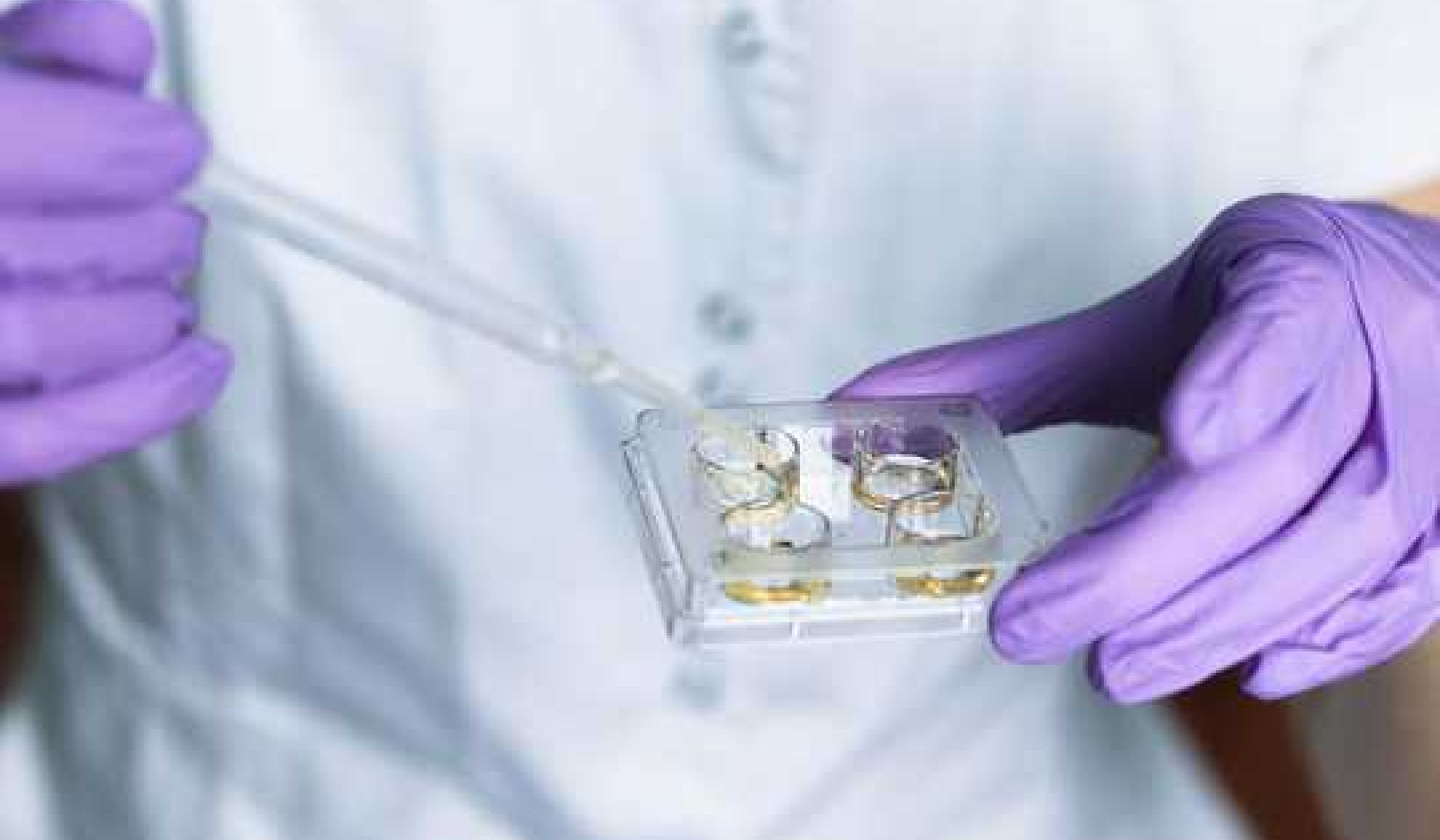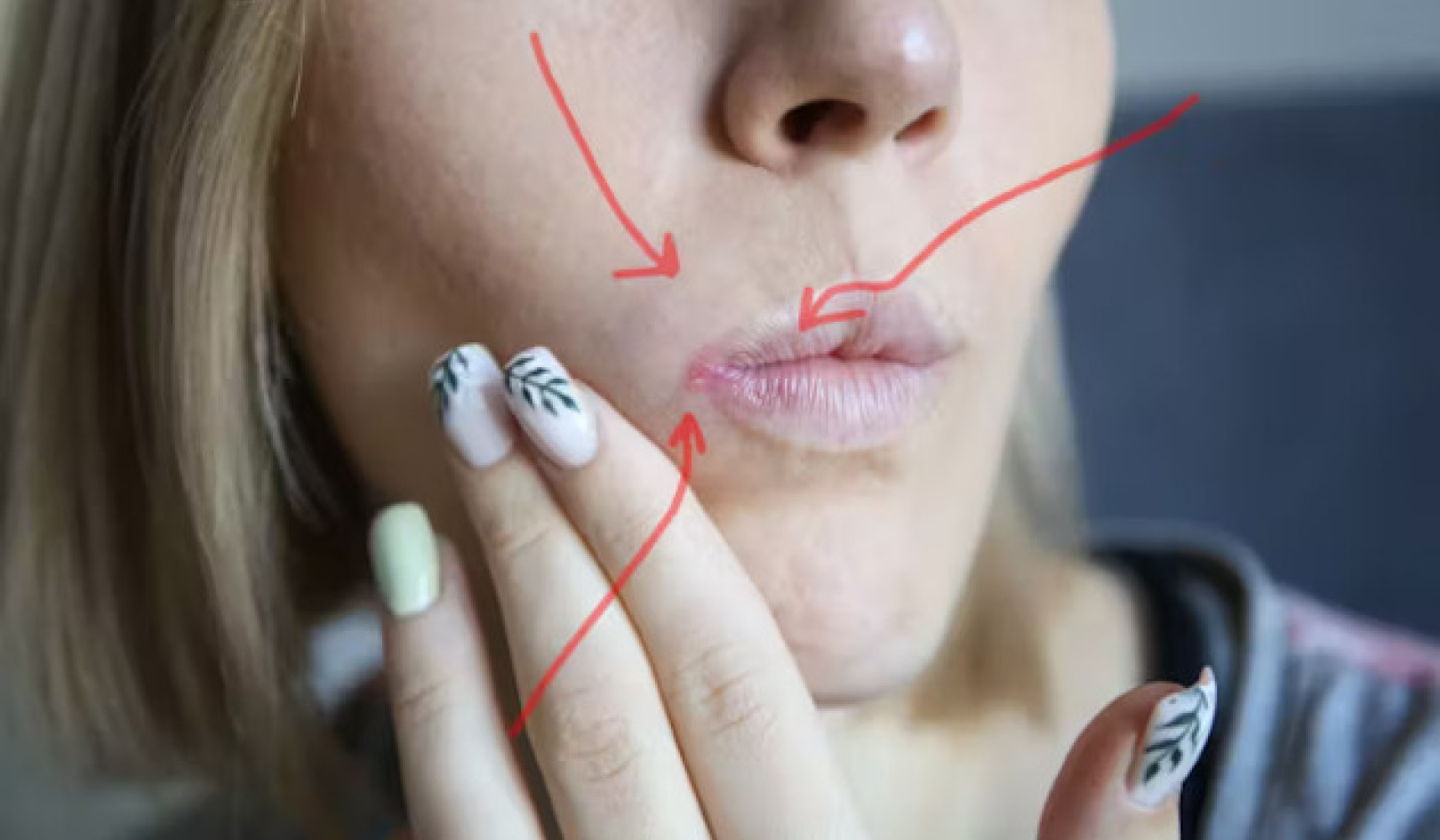A toxic colon is a major factor in the development of food intolerance leading to chronic ill health. You cannot expect to be well if the main organ responsible for ridding the body of toxic waste is under-functioning. When the colon is irritated by diet, stress, drugs, chemicals, and other substances, it tries to protect itself by producing more mucus. This additional mucus can bind with the sludge from refined foods, such as white flour, and build up on the wall of the bowel, narrowing the lumen. This layer of gluey, hardened feces can weigh several pounds and is a good place for harmful organisms to breed. Do not think because you have regular bowel movements, or even diarrhea, that you have escaped this problem. The stool can pass daily through a dirty colon and leave the accumulated residue on the walls behind. There is no need to get panicky about the amount of weighty garbage you might be carrying around with you: there is a great deal you can do about it.
How This Toxic Layer Can Affect the Body
The local effects of this poisonous residue are irritation and inflammation of the colon: the general reactions include diarrhea, constipation, fatigue, headaches, dull eyes, poor skin, spots, aching muscles, joint pains, and depression. The poisons circulate via the blood through the lymphatic system to all parts of the body. (Healthy lymphatic fluid serves to nourish cells not fed by blood vessels and kills off harmful organisms, carrying away the refuse.) If the body has to pump excessive toxic waste around for any length of time then it is not surprising that it sometimes gives up, allowing the disease process to take over.
When the muscles of the colon wall lose tone, then ballooning, or the formation of pouches called diverticula result, leading to a condition known as diverticulosis. The food trapped in these pockets creates a breeding ground for bacteria. The result can be diverticulitis, an infection where there is often a fever and acute abdominal pain. This condition needs medical help.
Cleansing the Colon
Colon cleansing is the first step on the road to recovery. When you have cleansed your colon and restored the balance of the good and bad bacteria, when you have adequate production of enzymes and your dietary intake and internal production of vitamins is correct, your food intolerance should greatly improve or disappear. I believe the benefits of colon cleansing are many, not only in terms of health, but also as it relates to appearance: the skin looks vibrant; cellulite, water retention, and blemishes disappear; and the whites of the eyes regain a youthful clearness. How quickly you want to clean out your colon is your choice. Some people are so tired of being under par, they are willing to endure the effects of rapid cleansing. Possible side effects from this procedure include migraine headaches, blinding headaches, nausea or flu, aches and pains, fever, exhaustion, and nervous symptoms such as anxiety, panic attacks, irritability, weepiness, and even profound depression. The worst of this would be over in approximately five days.
You might prefer a more gradual process: changing to a clean diet over a period of several weeks. Start with a diet of 50 percent raw food along with a teaspoonful of linseed (available from health food stores) or two level teaspoonfuls of Metamucil or Citrucel, bulking agents available at pharmacies or grocery stores. You can chew the linseed to release the nutrients. Metamucil or Citrucel is easier to swallow if you mix it with yogurt. Water is an essential element in the cleansing process; aim for two quarts per day while you are cleansing the colon, unless this conflicts with advice from your doctor. Start off the day with at least a half pint of water, preferably hot, before breakfast. Many people are afraid to consume that much water because they retain fluid, but some practitioners believe that the body retains fluid when it does not get enough; it tries to hang on to its ration.
How Long Does It Take to Clean the Colon?
It is unlikely that you will have a cleansed colon within a couple of weeks: it could take months. You will know when things are happening: your skin and eyes will look clearer, your digestion will improve, you will have more energy, and nagging aches and pains that have been around for years will disappear. You could feel mentally better too, clear-headed, and less jumpy.
This process is described in my book Irritable Bowel Syndrome & Diverticulosis (Thorsons, revised 1999). New Again! by Anna Selby (Ulysses Press, 1999) offers a 28-day detoxification plan that includes a juice fast and healthy regimen for getting your body back on track. If you also want to lose weight with clean eating using a common-sense approach read Fit For Life by Harvey and Marilyn Diamond.
Colonic Irrigation
Most people think of colon irrigation as a nightmarish experience. It is far from this. In fact, it is a very quick and efficient way to loosen impacted feces and wash away toxins. It also obviates many of the unpleasant symptoms of detoxification. Here?s what happens: a sterile tube is inserted into the rectum and filtered water washes around the colon. An evacuation tube removes the water, taking with it years of accumulated debris and mucus.
If you want to find a practitioner in your area, contact the International Association for Colon Hydrotherapy (www.i-act.org).
Article Source:
 Candida: A Natural Approach
Candida: A Natural Approach
published by Ulysses Press.
Ulysses Press/Seastone Books are available at bookstores throughout the US, Canada, and the UK, or can be ordered directly from Ulysses Press by calling 800-377-2542, faxing 510-601-8307, or writing to Ulysses Press, PO Box 3440, Berkeley, CA 94703, email
About The Author
A freelance writer, KAREN BRODY was diagnosed with candida in 1990 and subsequently studied the relationship between food and healing at the Natural Gourmet Cookery School in New York. A trained nurse, SHIRLEY TRICKETT is the author of Panic Attacks: A Natural Approach and Anxiety and Depression: A Natural Approach.
























